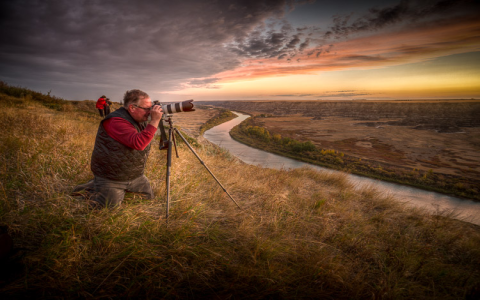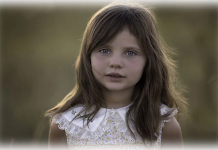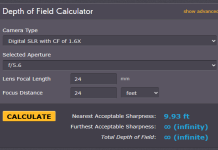So, I’ve been playing around with my camera gear lately, trying to shake things up a bit. You know how it is, you get stuck in a rut. My latest kick? Trying to nail portraits using a wide-angle lens. Sounds a bit off, right? We’re always told to grab an 85mm or a 50mm for people pictures.
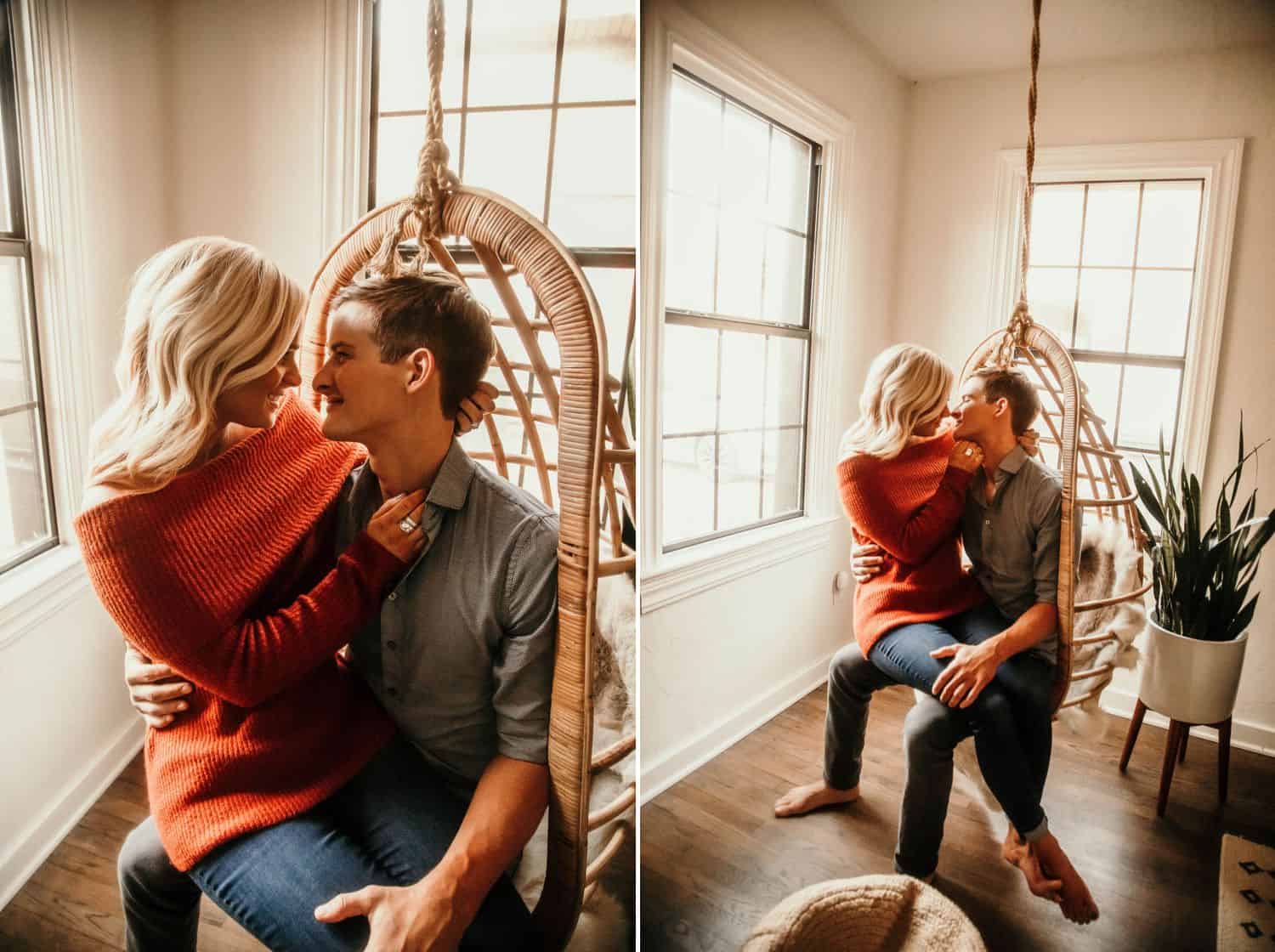
My First Goofball Attempts
Honestly, my first few tries were pretty comical. I grabbed my wide lens, I think it’s something like a 24mm, and just pointed and shot like I normally would. Big mistake. The distortion was wild! If I got too close, noses looked enormous, and foreheads stretched to the moon. My friend was a good sport, but we had a good laugh at those initial shots. It was clear this needed a different approach than just slapping the lens on and hoping for the best.
I also found that EVERYTHING was in the picture. My messy room, that random sign down the street, the fire hydrant – you name it, it was there. This lens just sucks in so much of the surroundings.
Figuring Things Out: Distance and What’s Behind ‘Em
So, I took a step back, literally. I realized I couldn’t get super close to my subject like I do with longer lenses. Keeping a bit more distance helped a ton with the crazy distortions, especially around the edges of the frame. You still get that wide-angle look, but it’s less like a funhouse mirror.
Then I started thinking about all that background stuff. Instead of seeing it as a problem, I wondered, “How can I make this work for the photo?” This is where it got interesting. I started paying way more attention to where I was placing the person. I wasn’t just taking a picture of them, but a picture of them in a place. It suddenly became about telling a bit more of their story through their environment.
Playing with Settings – The Aperture Game
Aperture was the next thing I wrestled with. My instinct is usually to go wide open for portraits, get that blurry background. But with a wide-angle, sometimes too much blur felt weird because you want to see some of that environment.
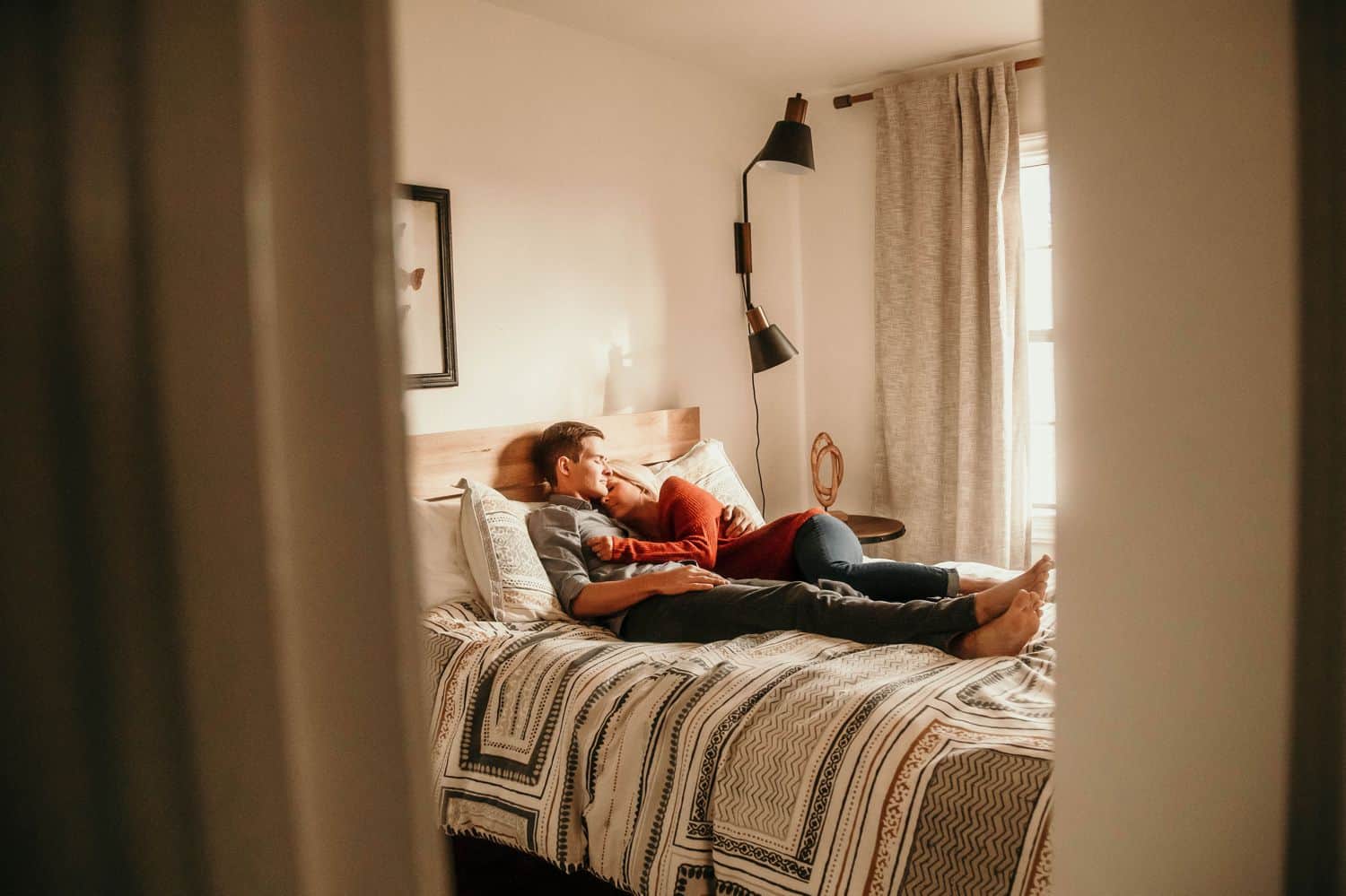
- For just one person, I found I could still get away with something like f/2.8 or f/2 if I wanted them to pop a bit, but I had to be careful with focus.
- If I was trying to get a couple of people in the shot, or really show off where they were, I’d stop down to around f/4, maybe even f/5.6. This kept more things sharp and made the background clearer, which was the whole point, right?
- I haven’t tried a big group yet, but I reckon I’d need to go even smaller, like f/8, just to make sure everyone and the cool location details are visible.
It’s a different game. You’re not just isolating the subject; you’re kind of embedding them.
The “Storytelling” Vibe
What I really started to dig was how these wide-angle portraits felt more like little movie scenes. You get a sense of place, a mood, that’s often lost when the background is just a creamy blur. It’s great if you want to show someone in their element – an artist in their studio, a chef in their kitchen, or even just a friend hanging out in their favorite park spot.
I had my buddy stand near this cool graffiti wall, and with the wide lens, I could get him, the art, and even a bit of the grungy street. It just told a much richer story than if I’d used a tighter lens that would have blurred out all that cool context.
What I Learned (So Far)
So, yeah, using a wide-angle for portraits isn’t my new default for every single person I photograph. It’s definitely not the lens I’d grab if someone wants a super classic, flattering headshot where their features are perfectly proportioned – my 85mm still rules for that. It makes everyone look good with minimal fuss.
But! For something different, something that tells more about the person’s world? The wide-angle is surprisingly awesome. You just gotta be mindful of a few things:
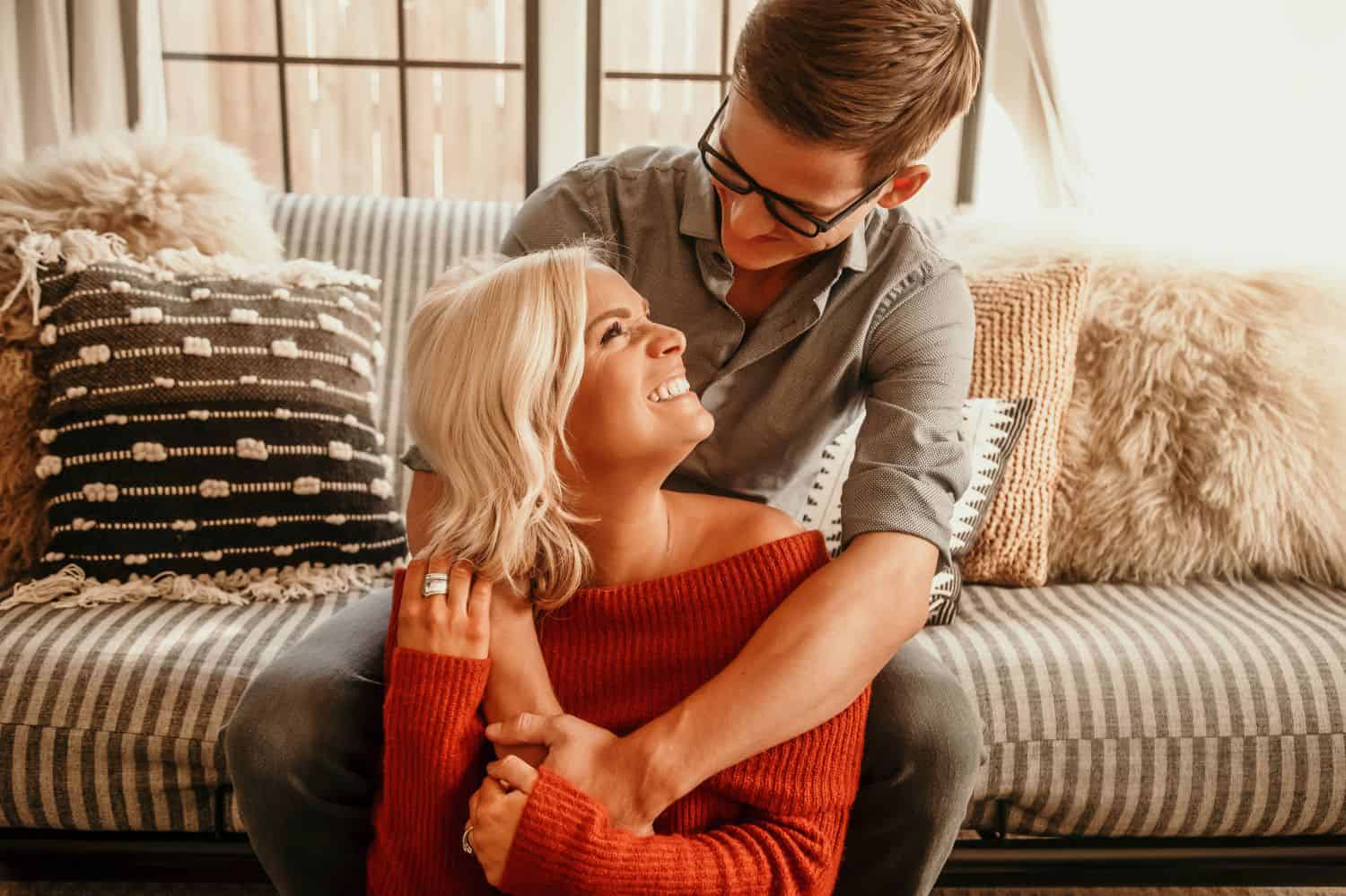
- Keep your distance: Don’t get right up in their face unless you’re going for that exaggerated look on purpose.
- Watch the edges: People near the sides of the frame can get stretched. Try to keep your main subject more towards the center.
- Make the background count: Since you’re including so much, make sure it adds to the photo, not distracts. Scout your locations!
- It’s about the whole scene: Embrace the environmental aspect. It’s not just a photo of a person; it’s a person in a place.
It’s been a fun experiment, and I’m definitely going to keep playing with it. It forces you to think differently about composition and storytelling. If you’ve got a wide lens gathering dust, maybe give it a whirl for some people shots. You might be surprised what you come up with!

